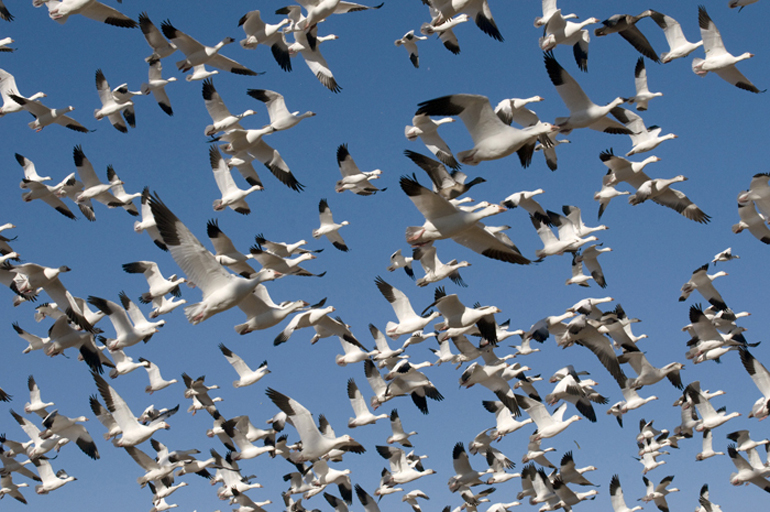
Hunters and conservationists may seem at first like strange allies but the truth is many species might not survive at all were it not for hunters shooting at them. The nation's 12 million hunters are essential partners with other conservation groups in wildlife management. Hunter organizations (Ducks Unlimited, Rocky Mountain Elk Foundation etc) collect millions of dollars per year from their members, of which 85% goes to conservation. Ducks Unlimited alone has contributed $700 million since its founding in 1934 which has helped add five million acres of wetlands to the National Wildlife Refuge system. Also, hunting and fishing licenses generate more than a billion dollars per year to help state agencies acquire and improve wildlife habitat in every state.
So why does hunting seem increasingly irrelevant and misunderstood in today's world? No mistake about it there is a dark side to hunting, and it makes headlines. There is a small subset who ignore the rules meant to insure survival of game species for all. They hunt out of season, trespass on private property, ignore limits, spotlight deer, bait ducks, and shoot bears illegally, then sell their gall bladders to Asian markets. They seem disconnected from tradition and unconcerned about their impact on the game they hunt. They are obsessed with guns and killing rather than sport. And the recent upswing in gun related violence, debated endlessly in the media, has had a negative effect on the nation's attitude toward guns in general, including those used by the "good guys."
Recent decades have seen a decline in the number of hunters in this country from 14 to 12 million, a mere 5% of the population. The niche formerly occupied by hunters is being replaced by a new breed of outdoor enthusiast concerned with the observation of nature, e.g. photography, bird-watching, and so on. More than 30% of the U.S. adult population, or 75 million people, fits into this group. Whether wildlife watchers can bankroll the outdoors and the infrastructure required to tend it like hunters have in the past, remains to be seen. If visitation at national parks is any indication then perhaps so.
Snow geese assemble by the thousands on winter mornings at Bosque del Apache NWR in central New Mexico. They gather in refuge corn fields where they feed and rest and make a lot of raucous noise. As if on schedule, every 30 minutes or so huge numbers of geese suddenly take flight and circle the adjacent airways. After a few moments of airborne commotion they return from whence they came and settle down to continue their foraging. In the surrounding areas hunters bag their limits and help to support the refuge.
© Danny Kimberlin 2015